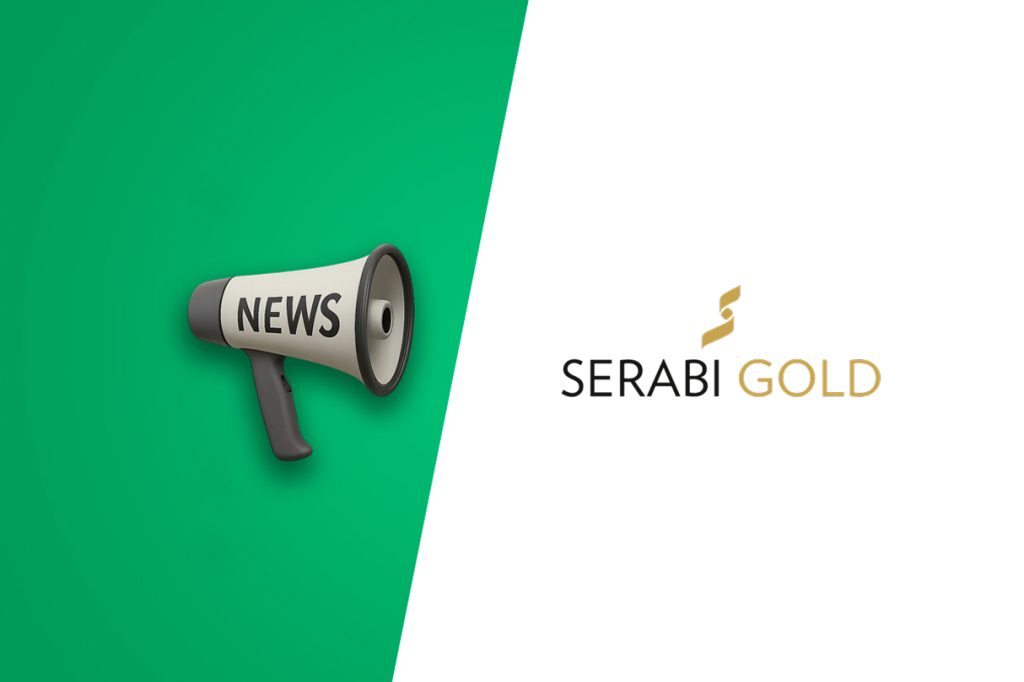Serabi Gold’s Ambitious Drilling Campaign Uncovers New Gold Deposits in Brazil
Serabi Gold is making significant headway in its $9 million brownfield drilling campaign across its Brazilian operations, with promising discoveries that could substantially boost the company’s resource inventory. The 30,000-meter diamond drilling program, split evenly between the Palito Complex and Coringa operations in Brazil’s Tapajós region, has already yielded remarkable results at its midpoint
...
Serabi Gold’s Ambitious Drilling Campaign Uncovers New Gold Deposits in Brazil
Serabi Gold is making significant headway in its $9 million brownfield drilling campaign across its Brazilian operations, with promising discoveries that could substantially boost the company’s resource inventory. The 30,000-meter diamond drilling program, split evenly between the Palito Complex and Coringa operations in Brazil’s Tapajós region, has already yielded remarkable results at its midpoint.
Most notably, explorers have identified a completely new orebody at Coringa’s Serra South zone, located approximately 500 meters from existing mine infrastructure. This discovery represents a major advancement in Serabi’s strategic growth plan.
“We’ve seen numerous exciting developments through our 2025 brownfield exploration programme, especially at Coringa, where the discovery of the Serra South zone is a notable highlight,” said CEO Mike Hodgson.
The Serra South discovery has produced exceptional gold grades, including an intercept of 0.53 meters at 151.00 g/t gold from 60.68 meters depth in hole 25-SR-010. Another standout result came from hole 25-SR-028, which returned 0.87 meters at 137.48 g/t gold, including a 0.32-meter section grading an impressive 322.10 g/t gold.
Serabi is now conducting detailed definition drilling at Serra South with three rigs operating on a 50-meter grid spacing. The company is also testing the corridor between the Serra mine and Serra South zone with step-out holes at 200-meter intervals, evaluating the possibility of connecting both zones via underground development—a move that could optimize future operational efficiencies.
At the Palito Complex, drilling has focused primarily on the Senna target, which was previously mined between 2015-2019. Results confirm significant mineralization extensions both north and south of the existing orebody. Notable intercepts include hole 25-SE-004, which returned 1.36 meters at 17.99 g/t gold from 195.50 meters depth, including a high-grade section of 0.33 meters at 58.40 g/t gold.
“The success is not limited to Coringa,” Hodgson noted. “At Palito Complex, we focused on the Serra zone, which was mined during 2013-2017. The zone was always open along strike, but wasn’t drilled until now due to previous cash constraints.”
The exploration program extends beyond the main targets, with drilling also testing IP chargeability anomalies at Onça, Jiboia, and Mutum—interpreted as northwest extensions of the Senna and Piaui orebodies. The Onça target has produced the strongest intercept to date with 0.65 meters at 8.18 g/t gold, opening a prospective 500-meter corridor connecting Onça with the Piaui target.
Geophysical surveys have proven particularly effective for generating new targets. At Palito Complex, an Induced Polarisation survey completed in December 2024 identified several promising anomalies that were subsequently drilled this year. At Coringa, a 90-kilometer IP survey revealed targets with unusual characteristics—most notably, coincident high chargeability and conductivity values, a rare combination that suggests highly prospective drilling targets.
The southwestern portion of the Coringa survey area includes historically active artisanal mining sites at Demétrio and Sr. Domingos, which have long been recognized as prospective zones. Initial interpretation has identified anomalies that correlate strongly with existing geochemical and structural data.
Serabi’s comprehensive approach includes complementary techniques beyond diamond drilling. At Coringa, the program incorporates a soil sampling grid with approximately 5,000 samples for multi-element geochemical analysis, IP geophysical surveys, and high-resolution LiDAR topographic mapping.
The Brazilian-focused gold company has consistently produced 30,000 to 40,000 ounces annually from its Palito Complex and aims to double production through the ramp-up of its Coringa Gold project. This exploration program is central to Serabi’s strategy to grow its mineral inventory from approximately 1 million ounces to 1.5 million ounces or more, supporting its goal to become a 100,000+ ounce annual producer.
Headquartered in the United Kingdom with a secondary office in Toronto, Serabi trades on AIM (SRB), TSX (SBI), and OTCQX (SRBIF). The company recently made a copper-gold porphyry discovery on its extensive exploration license, further enhancing its portfolio in the prolific Tapajós region.
The drilling program continues through year-end, with results to be compiled and verified by NCL Ingeniería y Construcción SpA of Santiago de Chile. Industry analysts will be watching closely as Serabi advances toward its production expansion goals in one of Brazil’s most promising gold districts.


